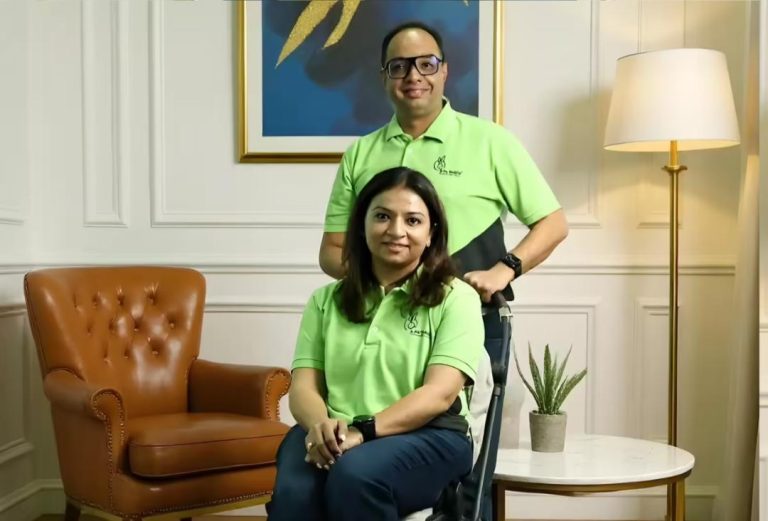
AI Video & Lip Sync Tech: Indian Media Startups Go Global
The media landscape in India is undergoing a significant transformation, driven by the rapid adoption of artificial intelligence (AI) and machine learning (ML) technologies. The Indian media sector has been at the forefront of this revolution, with startups like Frammer and Neural Garage pioneering innovations that are not only reshaping the domestic media landscape but also gaining traction globally.
One of the key areas where Indian media startups are making a mark is video editing and packaging. Frammer, a Mumbai-based startup, has developed a proprietary AI-powered video editing platform that enables users to rapidly edit and package long-form videos into social media-ready clips. This technology has been designed to cater to the growing demand for bite-sized, engaging content on platforms like Facebook, Instagram, and YouTube.
Frammer’s AI-led video editing platform uses advanced algorithms to analyze the content of the video and automatically identify key moments, such as highlights or emotional peaks. These moments are then used to create a shorter, more engaging clip that is optimized for social media consumption. The platform can also be used to add music, graphics, and other visual effects to enhance the viewing experience.
The benefits of Frammer’s technology are multifaceted. For one, it enables creators to quickly and easily package their content for social media, reducing the time and effort required to produce engaging clips. Additionally, the platform’s AI-powered editing capabilities ensure that the final product is optimized for maximum engagement, whether it’s likes, shares, or comments.
Another Indian media startup that is making waves globally is Neural Garage, a Bangalore-based company that has developed a cutting-edge visual dubbing technology. Neural Garage’s technology enables seamless lip-syncing across languages, allowing creators to produce high-quality, multilingual content without the need for expensive dubbing studios or complex post-production processes.
The technology uses AI-powered algorithms to analyze the audio and video components of a video and sync them in real-time, ensuring that the lips of the on-screen talent move in perfect sync with the audio track. This technology has far-reaching implications for the global media industry, where dubbed content is a crucial component of many successful films, TV shows, and streaming services.
Neural Garage’s visual dubbing technology has already gained traction globally, with several major studios and production companies partnering with the company to produce multilingual content. The technology is also being used by social media influencers and content creators to produce engaging, multilingual content for their followers.
The Rise of Indian Media Startups
The success of Frammer and Neural Garage is a testament to the growing importance of India’s media tech sector. The country has a thriving startup ecosystem, with many entrepreneurs and innovators leveraging AI and ML technologies to create new and innovative products and services.
The Indian government has also been actively supporting the growth of the media tech sector, with initiatives such as the Startup India program and the Digital India initiative aimed at promoting entrepreneurship and innovation in the country.
Global Implications
The rise of Indian media startups like Frammer and Neural Garage has significant implications for the global media industry. As AI-led video tools and visual dubbing technologies continue to gain traction, we can expect to see a shift towards more efficient, cost-effective, and engaging content creation.
For one, the use of AI-powered video editing platforms like Frammer’s will enable creators to produce high-quality content more quickly and easily, allowing them to focus on what matters most – creating compelling stories and engaging with their audience.
The growth of visual dubbing technology like Neural Garage’s will also enable creators to produce multilingual content without the need for expensive dubbing studios or complex post-production processes. This will open up new opportunities for creators to produce content that can be consumed by a global audience, regardless of language or cultural barriers.
Conclusion
The Indian media sector is on the cusp of a major transformation, driven by the rapid adoption of AI and ML technologies. Startups like Frammer and Neural Garage are leading the charge, developing innovative products and services that are not only reshaping the domestic media landscape but also gaining traction globally.
As AI-led video tools and visual dubbing technologies continue to evolve, we can expect to see a shift towards more efficient, cost-effective, and engaging content creation. With the Indian government actively supporting the growth of the media tech sector, we can expect to see many more innovative startups emerge in the years to come.
News Source:
https://youtu.be/wgHOpqn_H24






